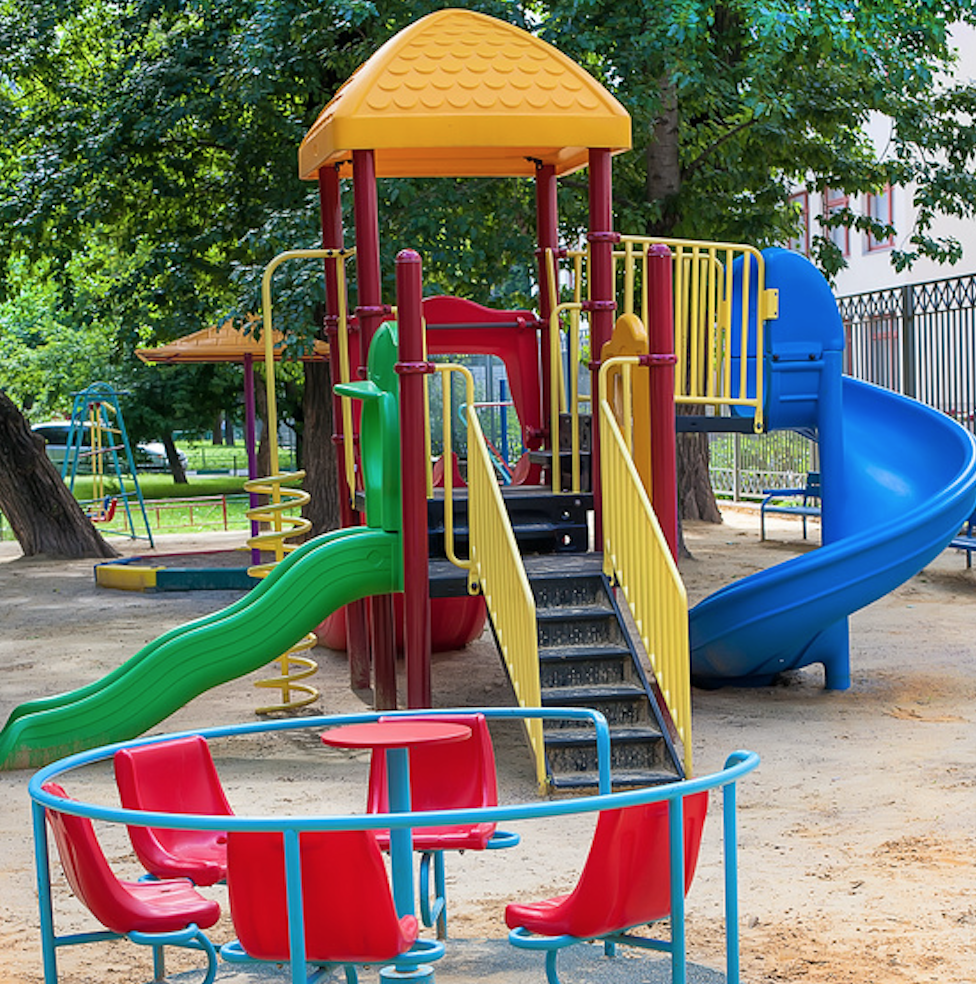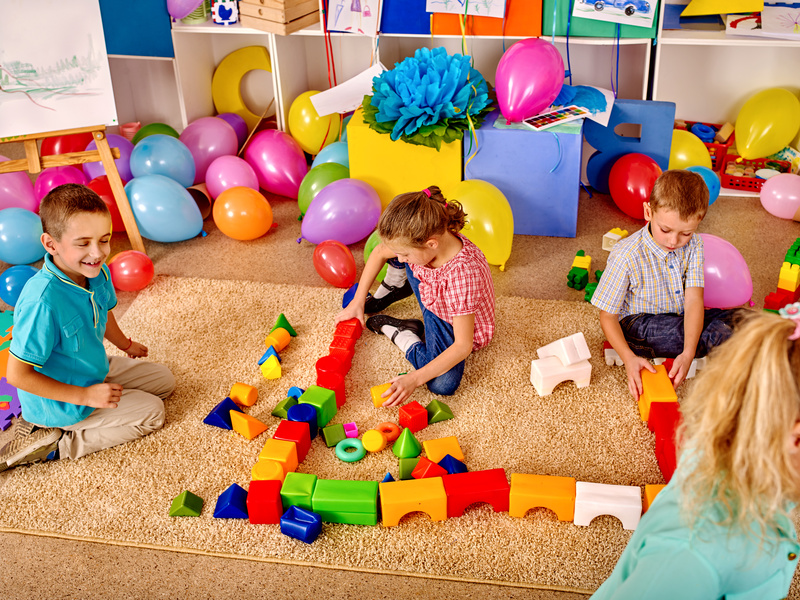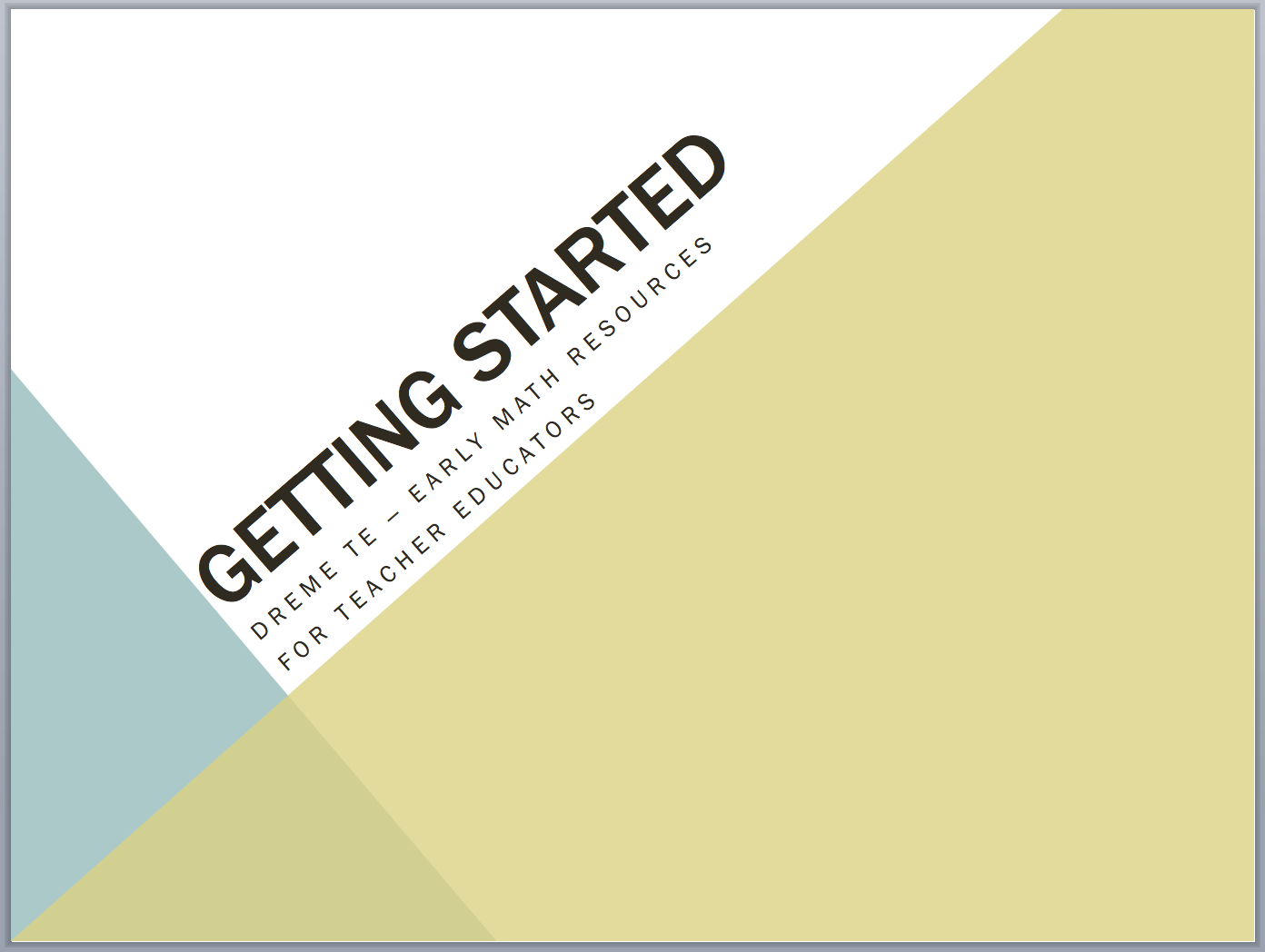How do we assess what children know about collecting data and using it to answer questions and solve problems? This handout describes a variety of ways to explore children’s knowledge about data and its uses.
Assessing Children’s Knowledge of Data: How Do We know?
 Visit the Overview of Formative Assessments for a description of a variety of formative assessment techniques. Here we describe ways of assessing children’s knowledge specifically about data. But what do we want to know? Children collect data about the world around them constantly (“Every day I come out and the bikes are all taken. I need to get outside faster so I can get one!”).
Visit the Overview of Formative Assessments for a description of a variety of formative assessment techniques. Here we describe ways of assessing children’s knowledge specifically about data. But what do we want to know? Children collect data about the world around them constantly (“Every day I come out and the bikes are all taken. I need to get outside faster so I can get one!”).
Data refers to information that we collect to guide our decisions. This information usually has variation, and can be classified, sorted, measured or counted, and compared. We want to know what children understand and know about the following concepts related to data. The first seven are concepts that they have learned, or are learning, in a variety of mathematical spaces. The last three focus on how the previous seven are used in the service of problem solving. (See The Mathematics of Data and What Children Know and Need to Know About Data for more information on these concepts):
- Variation
- Classifying
- Sorting
- Comparing
- Counting
- Measuring
- Origin
- Understanding the question or problem
- Representing data
- Interpreting the findings
As in all activities, it is important to make the assessment activities meaningful and engaging. Below you will find tips on assessing young children’s data knowledge. Using these tips in conjunction with the Overview of Formative Assessments will provide you both with knowledge of assessment techniques and an understanding of the development of data knowledge in children. This will set you well on your way to monitoring effectively children’s development in understanding data. Discovering what children know and understand takes more than just observation.
The following assessments can be done in a variety of settings and formats. Some require one-on-one interactions; some can be done in interaction with a group of children; and some through observations of children working alone or with peers. Make sure the assessment technique you choose is appropriate for assessing the targeted skill/ability/understanding. See the Overview of Formative Assessments for general information on keeping track of children’s progress.
Formative Assessments
Classifying and sorting
- In order for children to classify and sort objects or information, they must be able to identify variation. Classifying and sorting are foundational tasks to data collection, documentation and analysis. In order to assess their progress in classifying and sorting, ask questions like: “How are these trucks different from each other?” and “How are these shapes different from one another?"
- Observe how children sort objects. In the example of trucks above, children could sort by color, number of wheels, size, or function (such as trucks used for transportation, farming, or construction). Once children have sort a collection in one way, ask them to sort the same set of objects by other characteristics (“What other way could you sort the vehicles?”) If they don’t understand the word sort, use another term or phrase (“put them into groups that are just the same”).
- Ask children to describe their sorted piles (“How are these piles different?”)
- Scaffold children’s efforts to sort and record information (as opposed to concrete objects). Just as children can represent their counting (see Counting Collections Overview for more information about representing), children can record the results of the whole group voting on favorite fruit, what vegetables to plant, which books to read, and so on, on paper, chalkboard, or white board. Ask children: “How can we keep track of the votes for favorite fruit/vegetables/books?”
Identifying questions or problems that data can solve
- Not all questions or problems require deliberate data collection and it might not be evident to young children which situations do. Ask questions like, “How can we figure this out?” In the beginning children will probably require scaffolding in understanding how useful the collection and analysis of data can be. For instance, in a classroom where some centers or areas appear to have much greater demand than others, helping children understand that collecting data on how many children use the centers or areas and how long they each spend there can inform decision-making about how long turns should be to accommodate all children who want to use them (or problem-solving around how to make other centers more attractive!). Once children engage in such problem-solving processes, they are much better able to answer future questions such as “How can we figure this out?” and “What do we need to know to solve this problem?”
- When encountering problems or questions, ask children to pose a variety of problem-solving ideas. Some may be data-driven, and some may not. For example, a child’s plan to ask one peer which center is her favorite is not a data-driven problem-solving idea, and probably would not useful in solving this particular problem. Discussions about this will help children further hone their ability to identify problems that can benefit from data collection and analysis.
Understanding the data that needs to be collected
- Children need to understand the sample required in order to answer the question or solve the problem. Ask children “What is it that we want to know?” and encourage them to be very specific by asking questions that elicit the sample description. Questions about who, what, where, and when can narrow down the sample description so that this specificity is drawn out.
- Relatedly, children need to understand that all of the variation in the sample needs to be included. Ask questions like “Hmmm, will everyone choose from those two answers?” or “Are there other answers classmates might choose?” or “What are all the possible choices?”
- Children need to understand the frequency and timing with which the data should be collected in order to get an accurate sample. Consider the question of what bird food we should buy for the birds that come to the playground.
- To determine the right food, we need to know what birds come to the playground. Will it be sufficient to identify the birds that come today during morning outside play? We could ask, “Do you think birds come at other times? When should we look for birds? How can we learn the names of the birds?”
- Consider the question of sufficient data. How will we know when we have enough data? We could ask, “Hmm, let’s think about how many times we should look for the birds.”
- Sometimes these answers aren’t clear in the beginning, so having a plan to figure it out might be useful. We could ask, “What do you think about looking for birds in the morning and afternoon for a few days and see if any new birds show up after the first day? If new birds show up on the second and third day, what should we do?”
Collecting, recording, and representing the data
- Children can be quite capable of recording data. Initially, ask them questions about how they might keep track of the information (data) that they are collecting. As their recording techniques expand and develop, you can observe how they are recording without querying them first.
- In order to expand their repertoire of data recording techniques, you can model techniques that they haven’t used. Then, ask questions about the most useful way to record the data (lists, tallies, using objects to represent ideas and then counting them, using pictures to represent ideas and then counting them, etc.).
- Mistakes in data collecting and recording are very valuable because they help us refine our thinking about how to address problems. Statisticians can spend a lot of time trying to figure out in what format to collect and record information in so that it is the most useful. Do they ask open-ended questions or provide participants with a set of answers to choose from? Should they have each option represented by a yes/no (Is your favorite color yellow? Yes/No) or should the options be the colors (Is your favorite color Yellow/Red/Blue....?). Sometimes it is only with trial and error that we can figure out how to collect and record useful data. This is particularly true with problems that haven’t been tackled before because we don’t have models to fall back on. Helping children understand the usefulness of mistakes is important for learning. In solving the problem of what to plant in the winter vegetable garden, perhaps the class decides to vote on (that is, collect data on) which vegetables they want to plant. The result is that the majority of the children want to plant corn. However, it turns out that there are no corn seeds because corn is grown in the summer. A second and more appropriate data collection activity would be to vote on the packages of vegetable seeds that are available for that season. Observing children as they make these decisions (and learn from their mistakes) can help you understand what and how much they understand about data collection, recording, and representation.
Interpreting the findings
- After all the information/data has been collected, do children remember the question or problem? (“Now, who remembers the question we are trying to answer?”)
- Does the data provide enough information to answer the question or solve the problem? In the bird food problem above, did the data collected provide the information needed? If children recorded only the kind of bird, but not how many, it might be unclear whether one type of bird food might be more needed than another. If the children recorded descriptions of the birds, but not their name, it might be hard to identify which type of bird food to buy for (jays, doves, hummingbirds, and woodpeckers like different food).
- What does the data tell them? “So what do we know now?” Do they need to organize it a different way? “Do we need to know how many birds of each kind? Or just which kinds of birds come to the yard?”
- Ask children to examine the data and see if it is sufficient to answer the question. (“What does this data tell us?” “Do we know what kind of birds we need to buy bird food for?” “What kind of food do these birds eat? How can we find out?”)
- As in in the collecting, recording, and representing data, mistakes can be useful. Information initially gathered that doesn’t end up answering the question or solving the problem completely nonetheless provides a valuable lesson and as such will more likely be remembered in the future! (“What did we learn about solving this sort of problem?”)



